This caused quite a bit of interest when I posted it on a writers’ Facebook group, so I thought people might like to see it here as well.
I used to think that finding a proper agent and a proper publisher was the be-all and end-all for a writer. Now I’m not so sure.
Back in the 1980s, I thought I had written a best-selling thriller. My hero among writers was Ken Follett who started as a reporter on the Evening News. Once he was successful, I interviewed him over lunch at his local restaurant and he ordered Dom Perignon champagne and a claret that would have wiped out my entire week’s expense account – but he insisted on paying.
I sent my book to the Laurence Pollinger Agency. They told me to cut it from 108,000 words down to 60,000, said the result was “workman-like”, and started sending it round the publishers. All of them sent it back with modest compliments but declined to take it. One said it was “too good for the general list”, but since they had already chosen their lead titles, regrettably…
Honestly, how ridiculous is that?
So I put the novel away in the attic and forgot about it – until 2014 when the theme became rather topical. I thought it might be fun to self-publish it on Amazon. It sold a few copies, which was rather gratifying but hardly amounted to literary success. Instead, my writing was confined to this blog which by 2020 had 163 followers.
I kept this number rising gradually by writing posts about particular sailing topics and then posting the link as a comment when one of the subjects came up on a sailing Facebook group.
Then, along came Lockdown. But instead of Locking Down at home, I went off sailing. When I got back, I found myself talking about it on the Jeremy Vine Radio2 show – my ten minutes of fame.
By midnight that night, the blog had received 45,000 hits. More to the point, Jeremy Vine’s literary agent called to say that if I could write a book about it, he was sure he could find a publisher.
I wrote the book in double-quick time – a lot of it was on the blog already – and he sent it to his chums. All five of them came back and said they liked it but asked what was my “platform”. In other words, was I a contestant on Big Brother? Was I a pop star or Premier League, footballer? Did I have ten million Twitter followers? Was I Jeremy Vine, for heaven’s sake?
When they heard I was just a bloke who had gone sailing, they all regretted that the book was “not commercially viable”.
But, of course, now I had written it – and having one book on Amazon already – the obvious thing to do was put this on Mr Bezos’ electronic bookshelf too.
And, of course, I put a link on the blog.
A year later, it is still selling between five and fifteen copies a day. In the run-up to Christmas, this was running at 20 and 50 a day – and the other day, I was astonished to discover that it was the Number One bestselling Amazon sailing book in the USA.
Here’s another thing: If one of those publishers had accepted it, I would have been given an advance of – say – £1,500 (of which the agent would have taken 15%). The book, with colour pictures, would have been priced at £16.99 in hardback with a print run of maybe 2,000. My family and friends would have bought maybe 50 copies and, by the following January, it would be remaindered down to £3.99.
There would have been no second printing.
With Amazon, I was able to set my own price: £11.49 for the paperback and £6.99 for the Kindle edition, of which I receive £2.76 and £4.86 respectively. No pictures are included, but there is a link to the gallery here. During the current month, my income is £719 on top of $829US and $95AUS – as well as various smaller amounts from places like Spain and Brazil.
And, of course, I get to keep it all – before tax, of course.
Because the marketing is done entirely through the blog (which now has some 700 subscribers), people leave comments and sometimes mention how much they enjoyed the book. I am able to reply, asking if they would be sure to leave some Amazon stars – stars are so important.
And reviews, of course – one was so good I couldn’t resist re-posted it. Well, wouldn’t you, if someone wrote: “Now and again, something or someone comes along that invokes a shift in the way we think and view the world. Thank you, John, for opening my eyes to a new paradigm and a reality I thought was beyond the reach of a mere humble town planner. I’ve had a few laughs along the way and all for a few quid. I hope to buy you a beer in some far-flung place one day. Keep up the blogging.”
(Oh dear, I seem to have posted it again…)
Meanwhile, if I look carefully, I can see that, in among the sales of the new book are a few for the old one.
Am I despondent that those publishers turned me down? Not a bit – if they had taken me on, the book would have sunk without trace. Instead Yachting Monthly called it “a word-of-mouth bestseller”.
Now, I would advise any new writer to ignore the traditional route entirely.
Do it yourself – you won’t regret it.
And here’s a tip: One of the hallmarks of a self-published book is dozens of typos and mistakes in the text – you just can’t spot them yourself, no matter how many times you read it through. But a professional editor is expensive (and not always effective).
Here’s what I did: I included a line in the foreword asking people to email me any mistakes they found (just send me five words, including the error, so I can search for it). If they were the first to report something, I would refund the cost of the book.
Three people took this to heart and, between them, cleaned up the whole manuscript. Only one of them accepted the refund.
With Amazon, you can go back in and change things as often as you like – not a luxury you have with the traditional publishers.
Of course, I would be happier if Mr Bezos paid his staff a decent wage – and paid his taxes, come to that. But he’s paying me every month, so I can do my bit on his behalf…

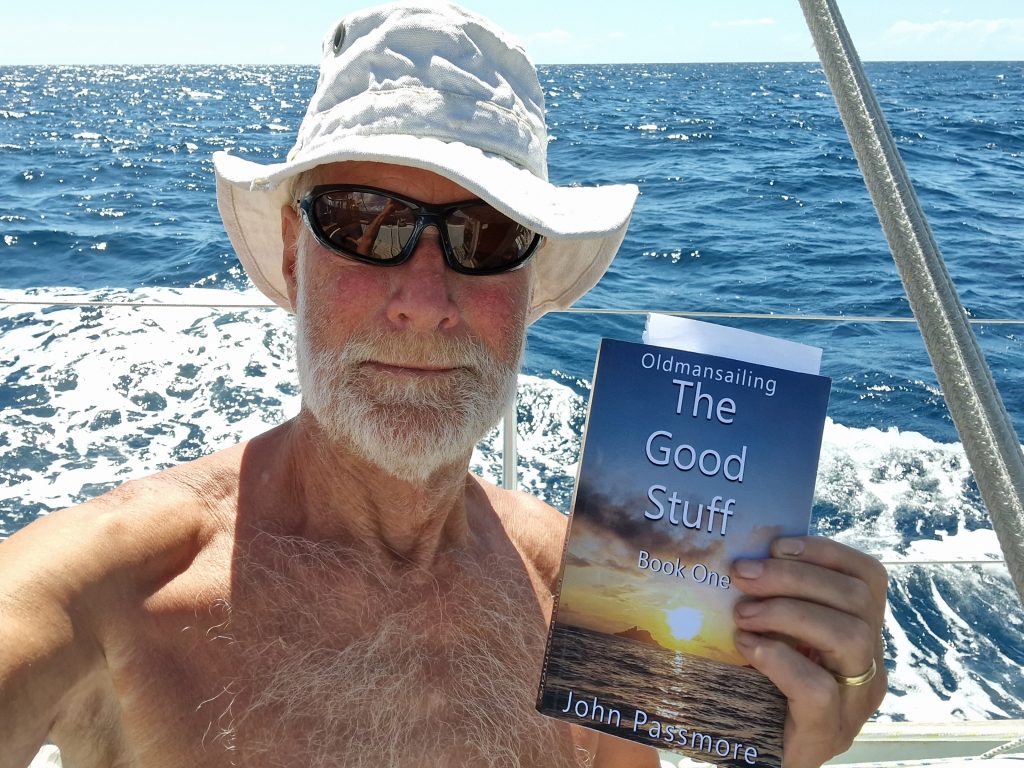
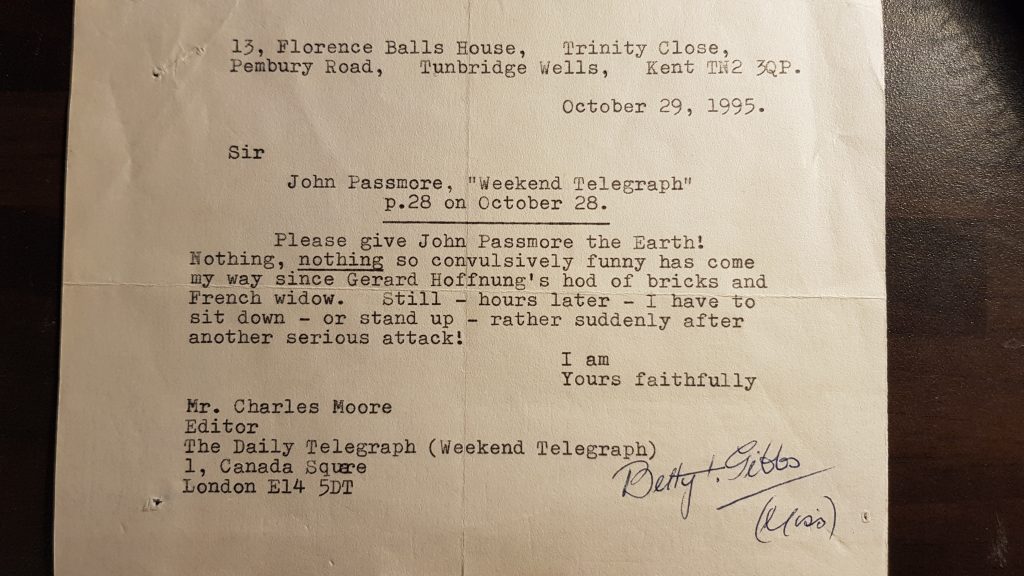
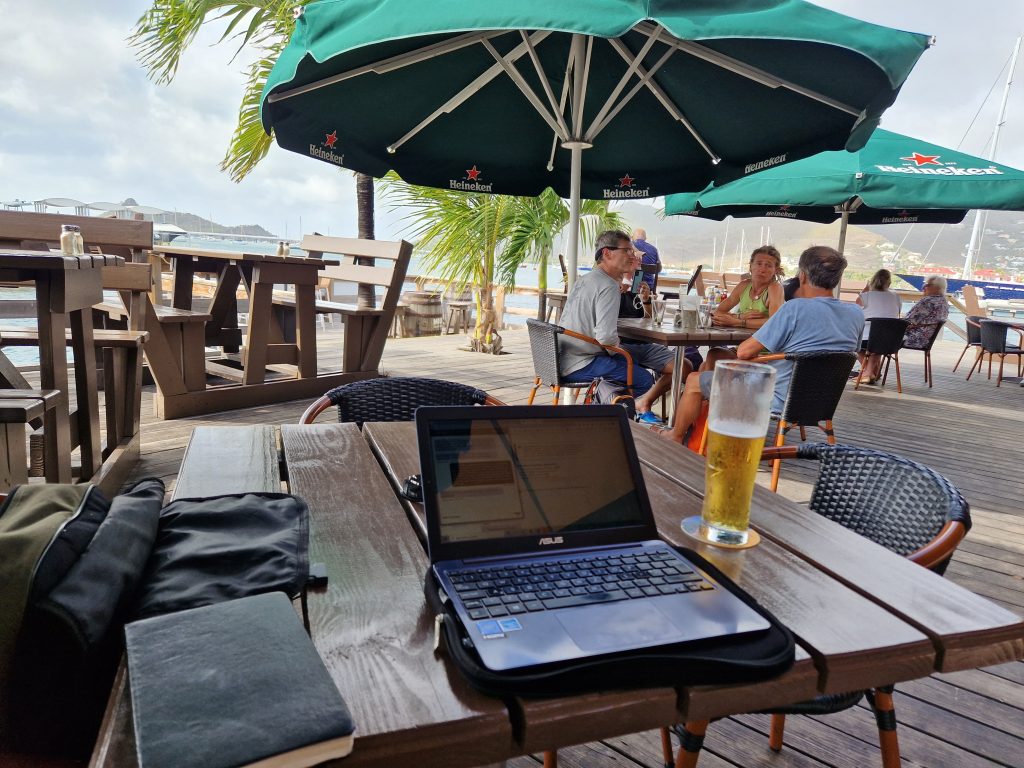

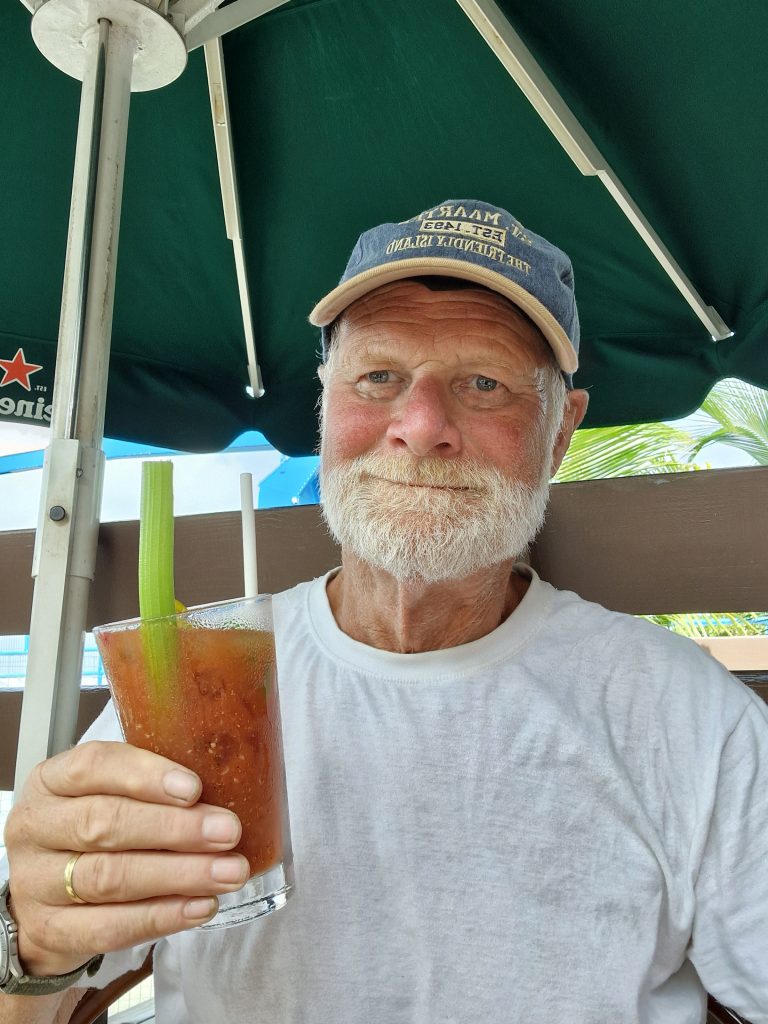


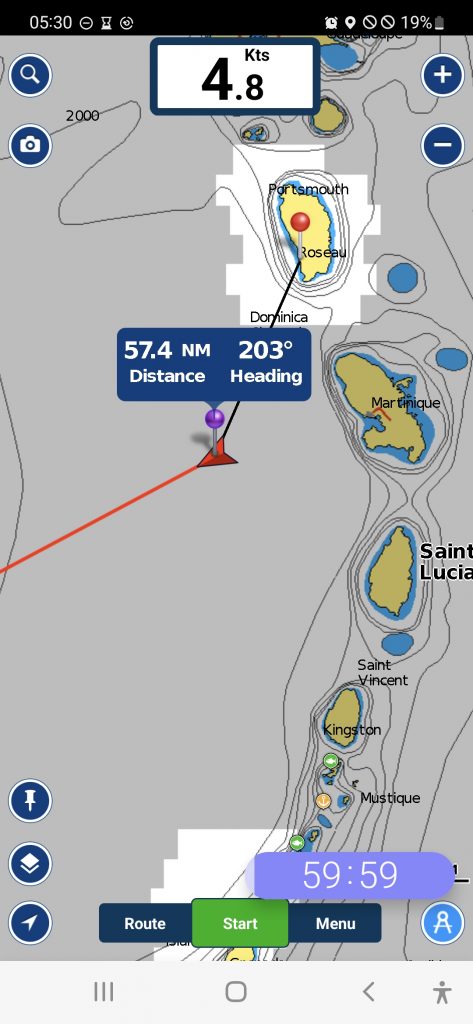
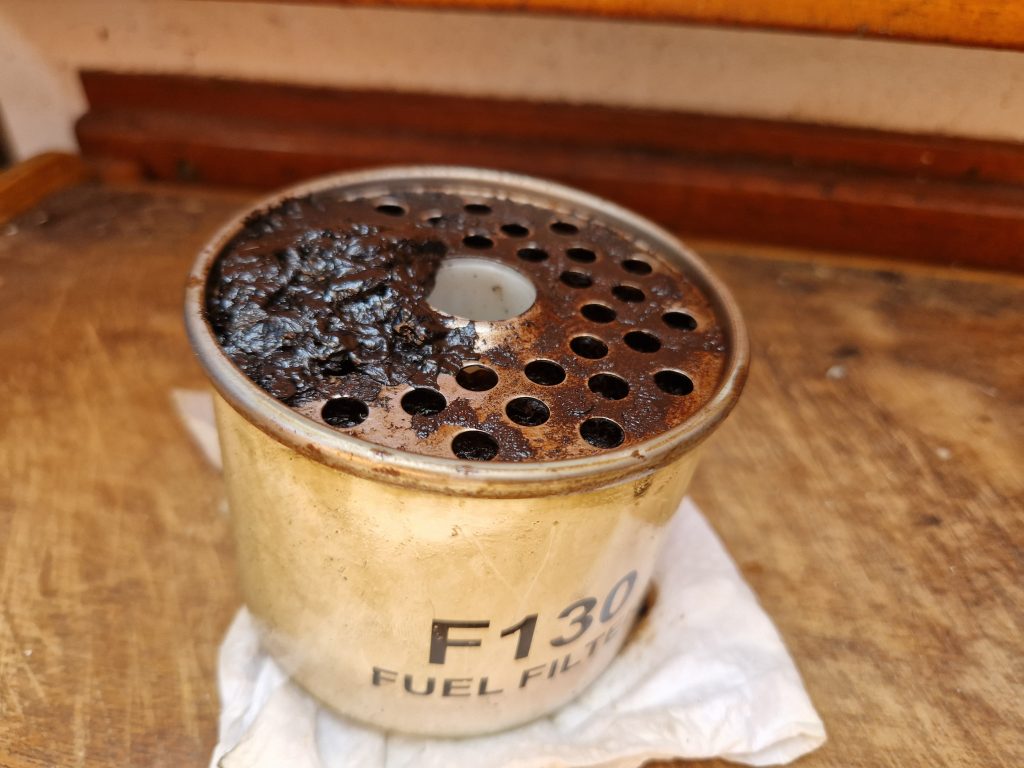
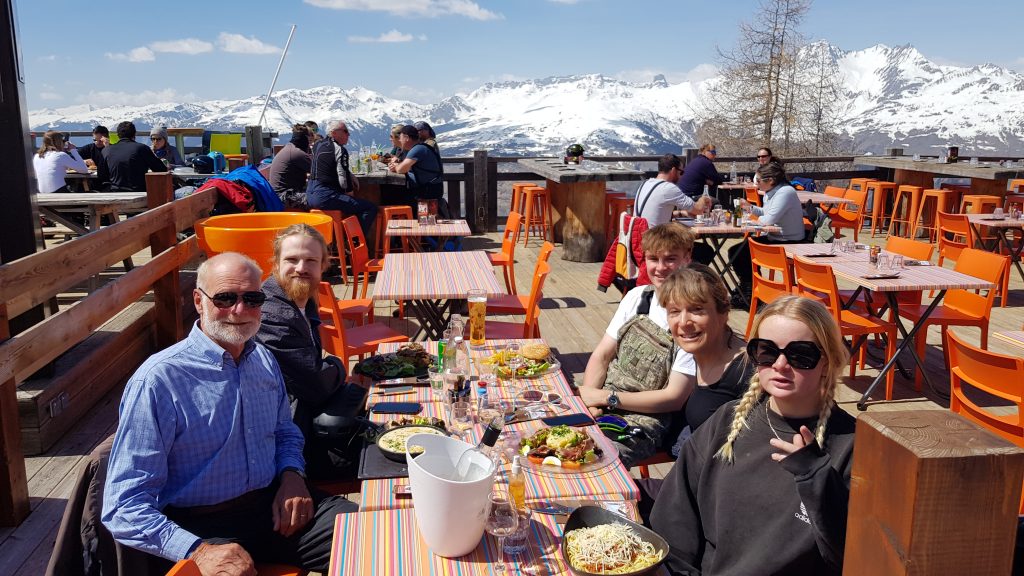
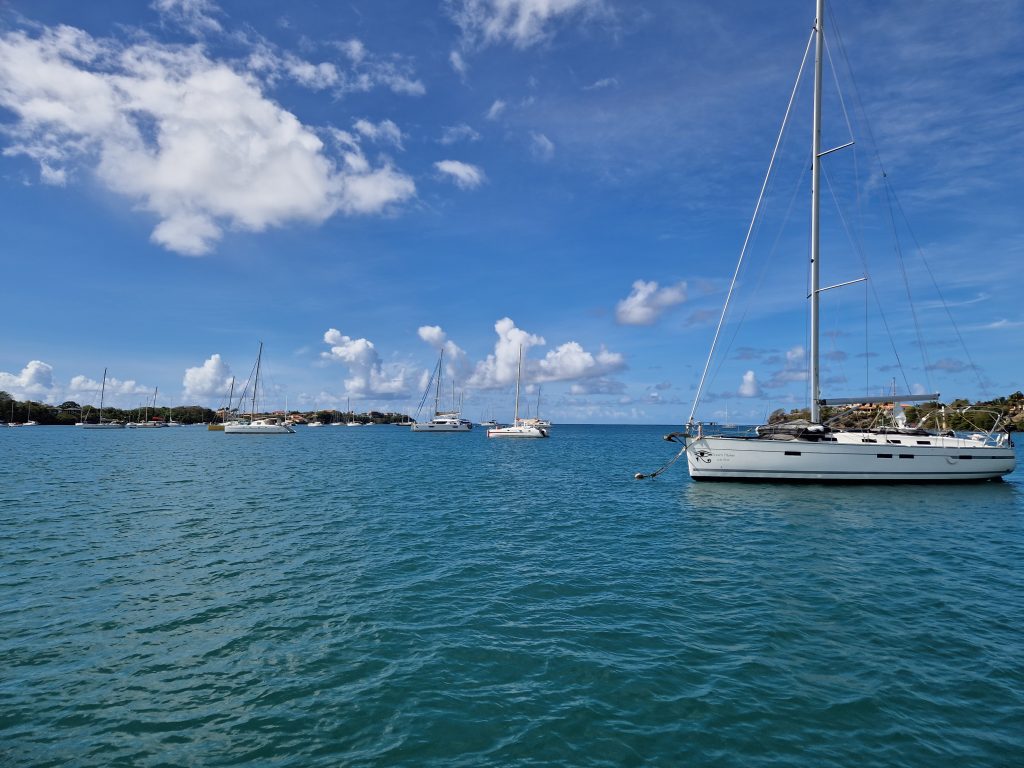
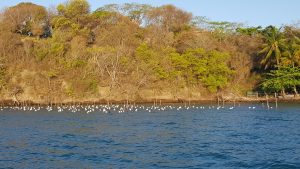



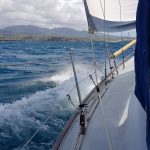
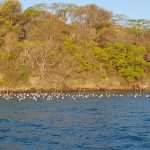

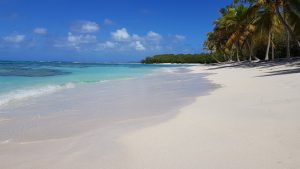



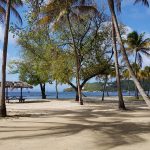
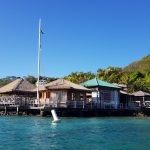




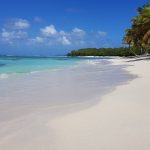
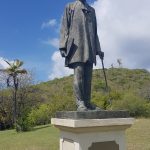
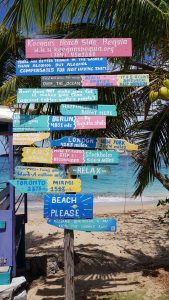
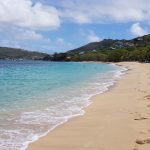
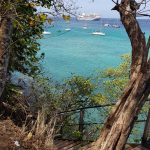
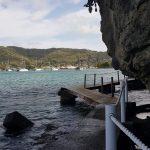
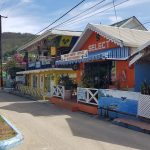
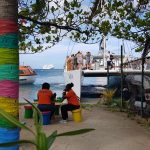
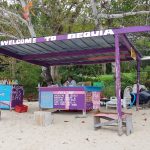
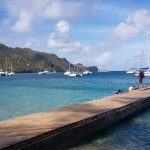
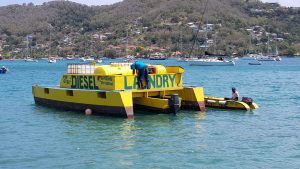
VERY, VERY funny John. I’m on the boat and thought I’d check out the “look inside” function to see whether it was worth buying the physical book, but by the time I got to the end of that, I was so hooked I had to buy the Kindle Edition!!
Thank you, Tom. Kindle is better (for me). Not only is there a higher royalty because of no printing costs but people can’t pass it on to their friends. Selfish I know – but I’ve decided I need a new roller-furler (Furlex or Profurl?)
I’m confused. You haven’t received the book yet but you have it in your hand in the photo!?
Ah yes, good point. This was the first edition which was waiting for me when I went home in April for the skiing holiday. However, upon reading it, I decided on all sorts of changes. Then, when I went to republish, I ran into these problems with the Table of Contents.
Hence bringing in the editor – who was so impressive, I had her go through the Old Man Sailing book – which was always a bit of an embarrassment because of the oversized print. Now we’re doing Trident which is enjoying a resurgeance thanks to Mr Putin.
Excellent, Well done and that’s great news for me.
Terrific stuff John, both books just purchased! I’ve gone for the paperback versions, Kindle is fine but it isn’t the same as a proper paper book!
I can’t wait to see it in print! Ordering soon!
It wouldn’t be half as good without your belp as the “wonderful editor in the USA”!